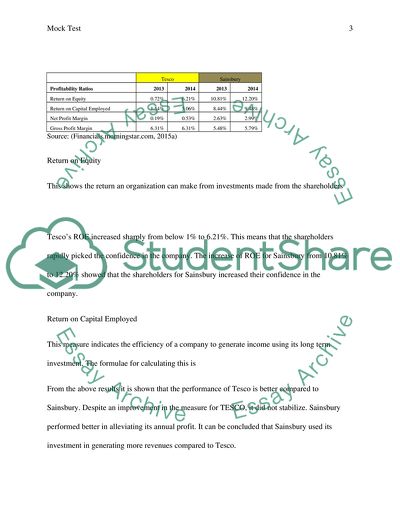Cite this document
(Mock Test Coursework Example | Topics and Well Written Essays - 2000 words, n.d.)
Mock Test Coursework Example | Topics and Well Written Essays - 2000 words. https://studentshare.org/finance-accounting/1855968-mock-test
Mock Test Coursework Example | Topics and Well Written Essays - 2000 words. https://studentshare.org/finance-accounting/1855968-mock-test
(Mock Test Coursework Example | Topics and Well Written Essays - 2000 Words)
Mock Test Coursework Example | Topics and Well Written Essays - 2000 Words. https://studentshare.org/finance-accounting/1855968-mock-test.
Mock Test Coursework Example | Topics and Well Written Essays - 2000 Words. https://studentshare.org/finance-accounting/1855968-mock-test.
“Mock Test Coursework Example | Topics and Well Written Essays - 2000 Words”. https://studentshare.org/finance-accounting/1855968-mock-test.


